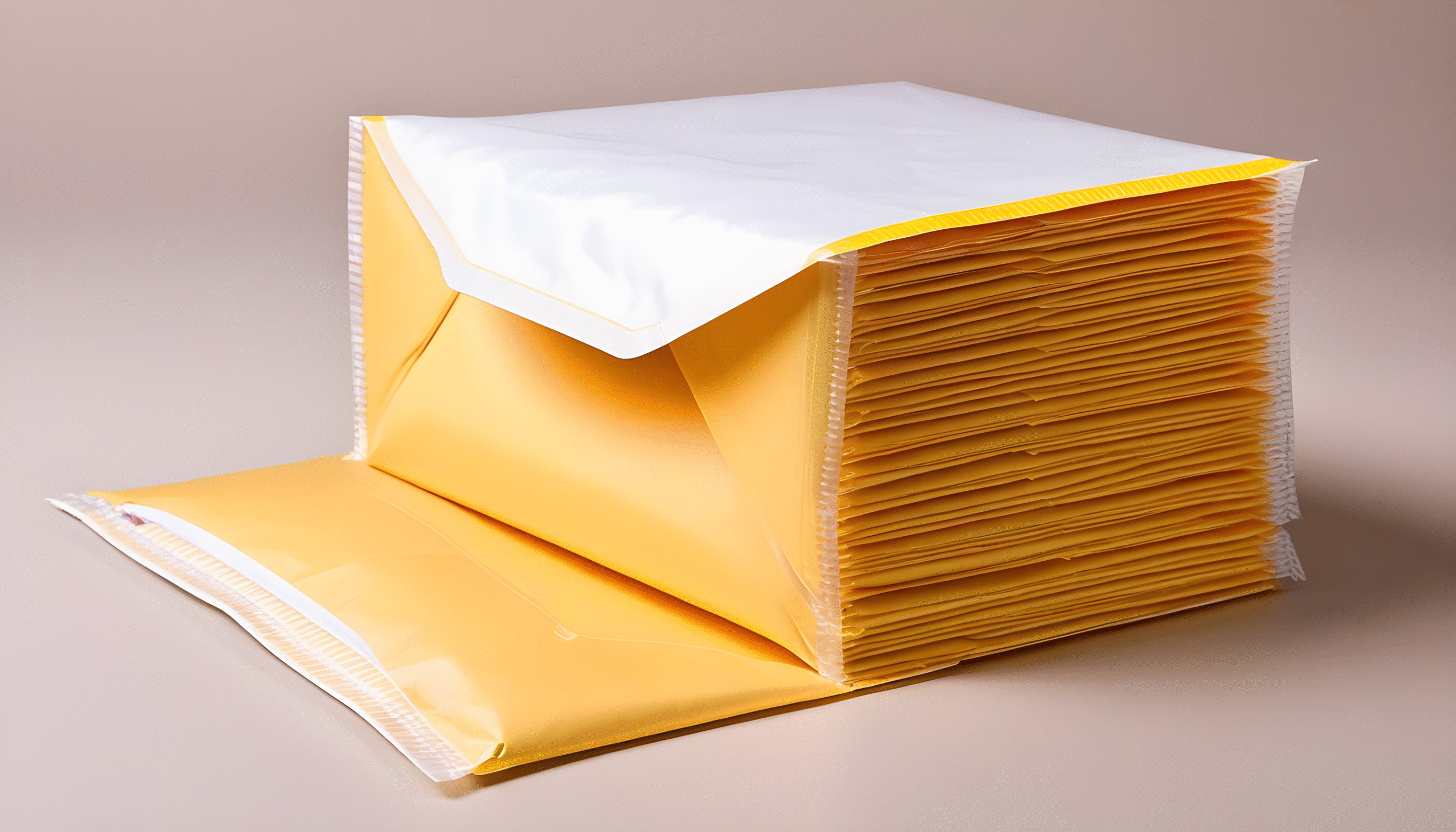
As you might know, packaging acts as a silent guardian that ensures your product reaches the recipient safe and sound.
But, have you ever heard about the three levels of packaging?
If not, read along to find out more!
As the name implies, primary packaging is the first layer of protection that directly encases the product.
It is the immediate contact point between the consumer and the item.
For example, you can think of the elegant perfume bottle or the vibrant cereal box that catches your eye on the store shelf. This is the primary packaging.
They not only hold the product but also communicate the brand’s identity, making it a crucial element in consumer engagement.
Secondary packing is used to protect the primary packaging of the product. This level of protection helps in handling products in groups for easier handling and transportation.
An example is the bubble mailers or bubble envelopes—a lightweight and padded envelope that helps to shield products from bumps and scratches during transit.
Tertiary packaging serves as the outermost layer, enclosing both the primary and secondary levels.
Its primary purpose is to ease the transportation and storage of multiple units of products.
For example, cardboard boxes, pallets, and crates fall under this category.
Tertiary packaging not only ensures the safety of the goods but also simplifies logistics, making it easier for manufacturers, retailers, and shipping companies to handle large quantities of products.
Packaging ensures that the product remains safe and free from damage, preserving its quality from production to the end user.
Primary packaging is a powerful tool for conveying brand identity. It not only protects the product but also serves as a canvas for branding elements, influencing consumers.
Secondary and tertiary packaging contribute to the efficiency of supply chain logistics, streamlining the handling, storage, and transportation of products.
Thoughtful packaging choices can reduce environmental impact. Lightweight and eco-friendly materials contribute to sustainability efforts, aligning with the growing demand for green practices.
The packaging is the first physical interaction consumers have with a product. Well-designed and functional packaging promotes the overall consumer experience, leaving a lasting impression.
E-commerce cannot function without the world of packaging.
It is important to have an understanding of the three levels of packaging—primary, secondary, and tertiary.
These levels operate in harmony to ensure that products not only survive the transit from production to consumer but also arrive in style.
WhatsApp us